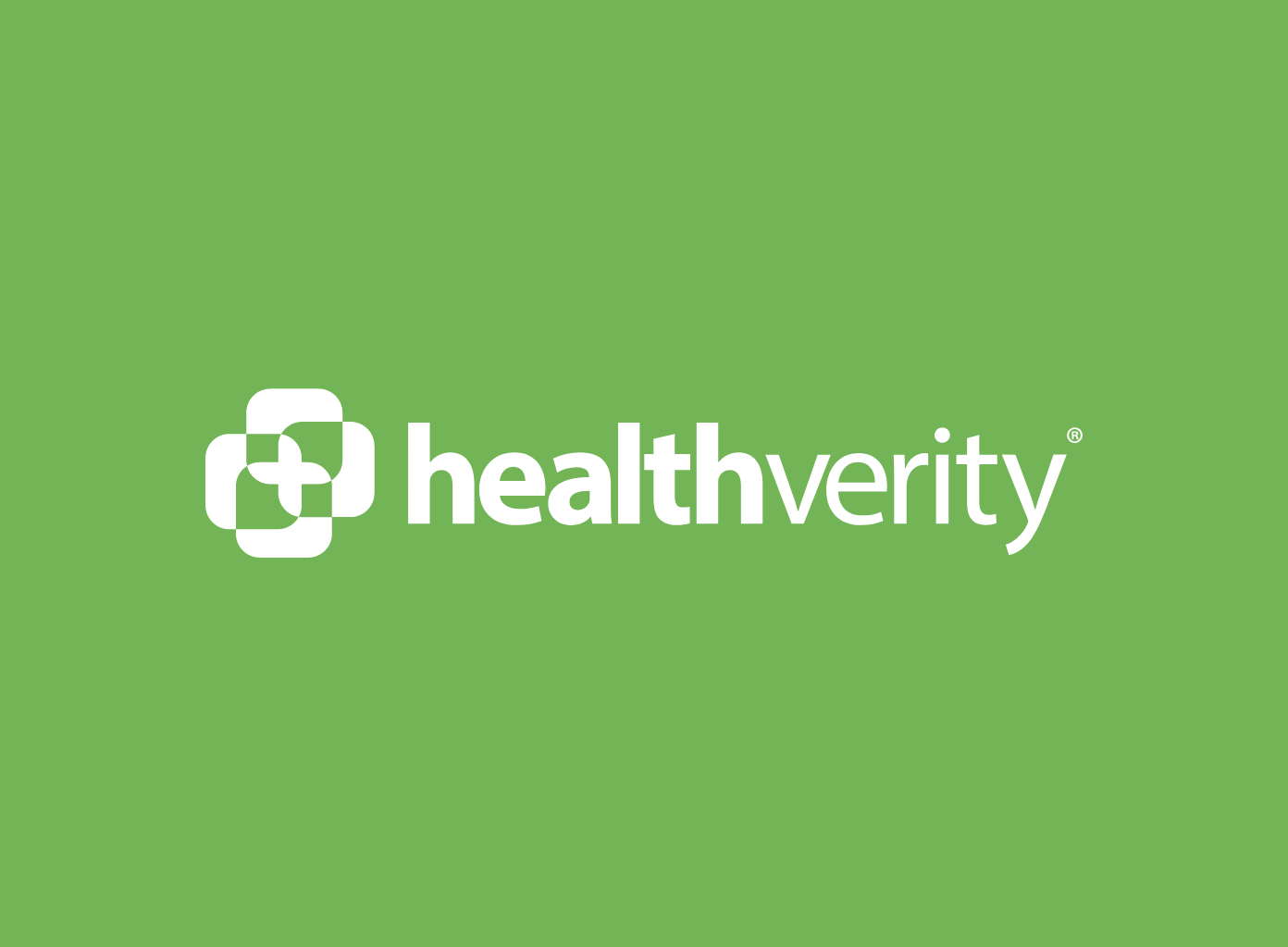Value-based agreements unite pharma companies and payers with a mutually beneficial payment model, all while keeping the patient at the center. With hundreds of value-based agreements (VBAs) estimated to be in circulation, VBAs are now a significant component of the pharmaceutical landscape.
Benefits of value-based agreements
Value-based agreements follow the same basic principle: A pharma company and a payer agree on a set of measures or outcomes against which the “value” of the treatment or therapy will be evaluated. If patients receiving the treatment meet or exceed those agreed-upon clinically relevant outcomes, the manufacturer receives a higher payment. If patients don't see the desired benefits from treatment, the payer reimburses the manufacturer at a lower rate. Also sometimes called risk-sharing agreements or outcomes-based contracts, VBAs require that both sides assume a level of risk, but have the potential to realize greater value if the treatment works as intended.
Read more: Putting data to work for VBAs
According to the National Pharmaceutical Council, the key benefits of value-based agreements include:
- Reducing payers’ risk of a sub-optimal purchase
- Providing patients earlier access to treatment
- Creating more efficient pricing mechanisms
- Generating enhanced real-world medical evidence
Developing effective value-based agreements that benefit both the payer and the manufacturer, while still putting patient outcomes in the center, requires a breadth of real-world data, a common ground for generating evidence and a way to measure the clinically relevant outcomes of interest, all while maintaining HIPAA compliance. HealthVerity’s solutions enable all of the benefits above to kickstart the newest generation of VBAs.
Best-in-class VBA solutions
With the largest healthcare data ecosystem in the US combined with best-in-class management and privacy solutions, HealthVerity helps pharma companies and payers strategize, build and measure powerful VBAs.
These solutions are uniquely positioned to support the development of VBAs in three core areas:
- Informing payer strategy
- Defining clinically relevant outcomes
- Real-time VBA monitoring
Pharma companies can leverage HealthVerity Marketplace to replicate clinical trial knowledge in real-world data to build economic models that reflect the payer’s patient population. After running their own analytics to generate evidence, a payer can sign on and have its data de-identified using HealthVerity Census. This enables interoperability with the 60+ unique datasets and 330m+ patients in HealthVerity Marketplace.
HealthVerity, on behalf of the pharma company, then links payer data to third-party data such as EMR, lab results and imaging to establish clinically relevant outcomes and build an actionable, longitudinal patient view. This leads to another key function of HealthVerity Marketplace, which also allows both parties to collaborate through a shared, private, privacy-preserving data store, gaining complete transparency on their cohort of interest. These solutions support the full VBA lifecycle, from gathering data and generating evidence to building an agreement and measuring patient outcomes.
Download four VBA use cases here
Expanding with Verpora partnership
To expand VBA support and offerings, in June, HealthVerity announced its collaboration with Verpora, an exclusive value-based agreement (VBA) consultancy. The partnership will enable the deployment and acceleration of a new generation of VBAs based on patient-centric real-world data and a proven implementation strategy. Combining HealthVerity's direct access to real-world patient data for more than 330 million Americans and Verpora's practical trusted assistance in the development of agreements will allow manufacturers and payers to readily expand VBA programs like never before.
Join HealthVerity and Verpora for an in-depth webinar on how to mitigate operational challenges of VBAs to effectively shift the focus from volume to value.




.png?width=352&name=LinkedIn%20in-stream%201200%20x%20628%20-%2020-09-22%20AG-BPHL%20%E2%80%93%201%20(1).png)

